Lighting in your interior plays a much more important role than you might think. Here’s how you can come up with a lighting plan that works for your home.
While it may be one of the most basic of interior design considerations, lighting may actually end up playing a bigger role than you think, in shaping your ideal home. For many, lighting at home means having ceiling lights that are bright enough to illuminate the entire room. This however, isn’t enough to make a room functional and aesthetically pleasing. Having a lighting plan that’s layered and well thought out can help create the right mood in your home, and at the same time, emphasise the key design elements of your home interior.
Ambient Lights
True to their name, ambient lights illuminate your homes with a gentle glow, just enough to create an ambience, while allowing you to function without being overly glaring. Common types of ambient lights include your typical ceiling lights, cove lights, recessed lights, and pendant lamps, to name a few.
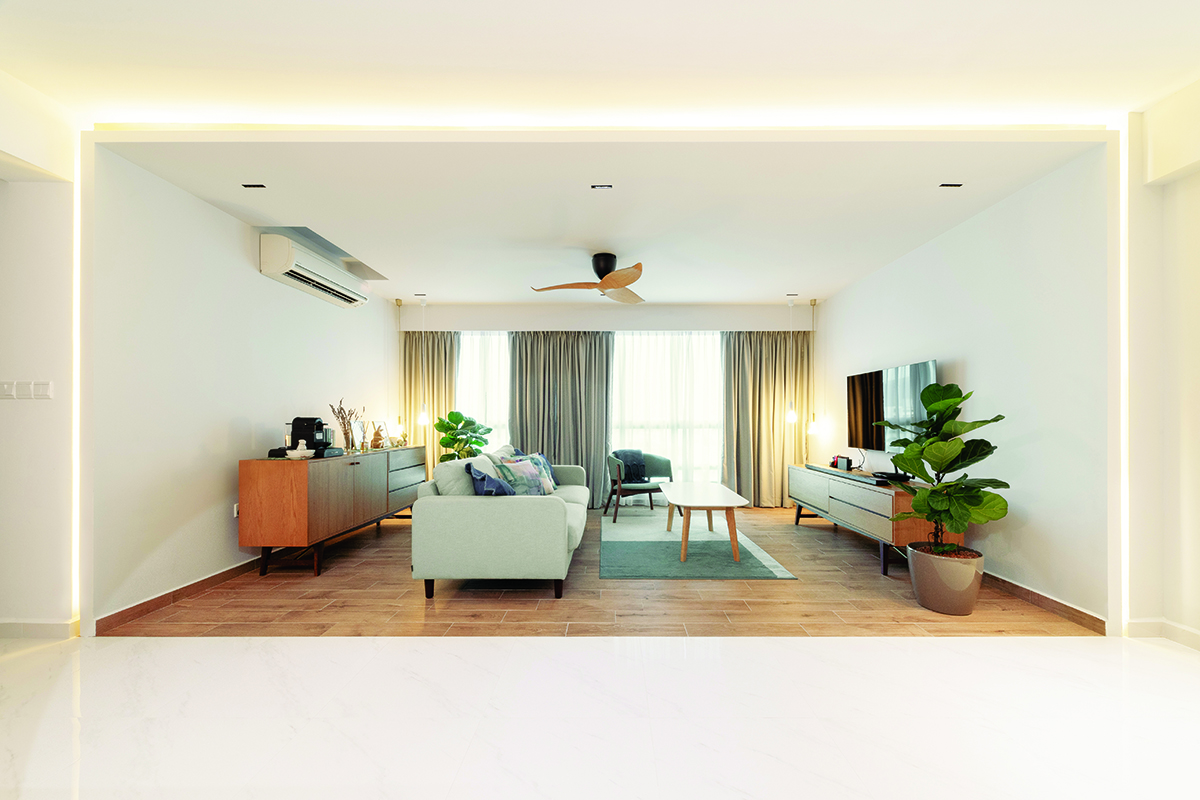
Image courtesy of ROOOT Studio
Bedroom Ambience
The soft illumination of cove lighting makes it ideal for the bedroom, as it creates a toasty and cosy atmosphere for rest and sleep. While recessed lights, that can be built flush with the ceiling, tend to be favoured for their sleek and clean design, it is recommended to go easy on the recessed lights in the bedroom to prevent a harsh glare.
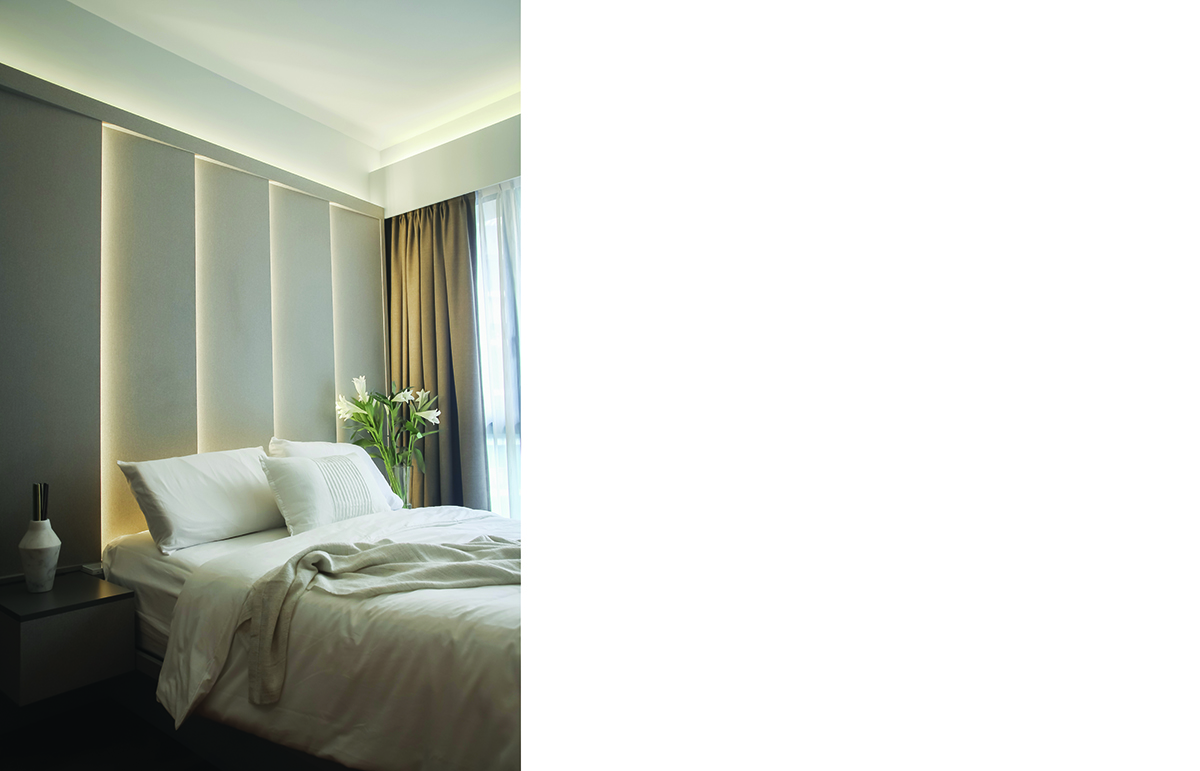
Image courtesy of D’Marvel Scale
TIP: Typically, the first things to consider when it comes to lighting is the colour temperatures and the subsequent mood they create. Warm white is great as ambient light to illuminate a room, and cool white is better suited for task lighting such as desk lamps. You can also choose to play with the light and shadow effect to bring out the most of your desired ambience.
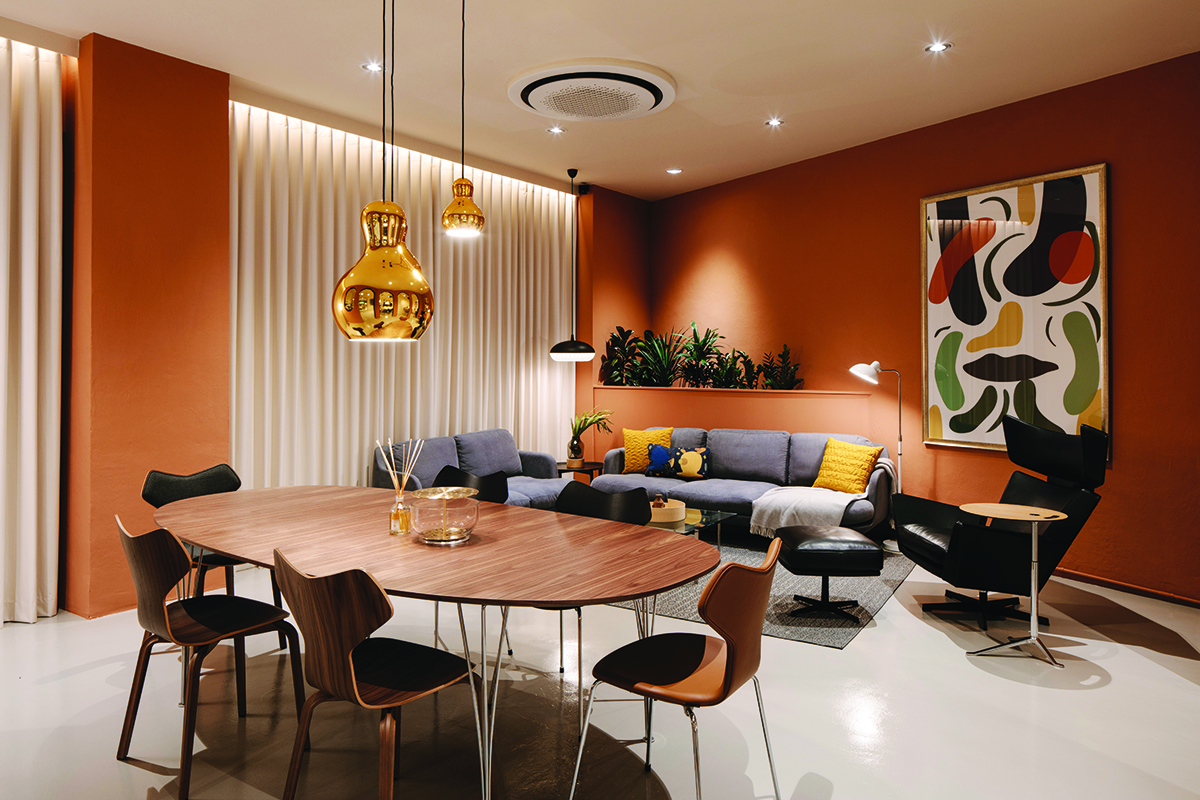
Image courtesy of Fritz Hansen
Accent Lights
More so about their aesthetics than their functions, accent lights are decorative lights designed to give your home a boost of style and drama. You can choose to be experimental with your accent lights, using them to brighten up dark corners, or to draw attention to paintings or architectural details. Accent lights can come in a variety of forms, from spotlights to track lights, and wall sconces.
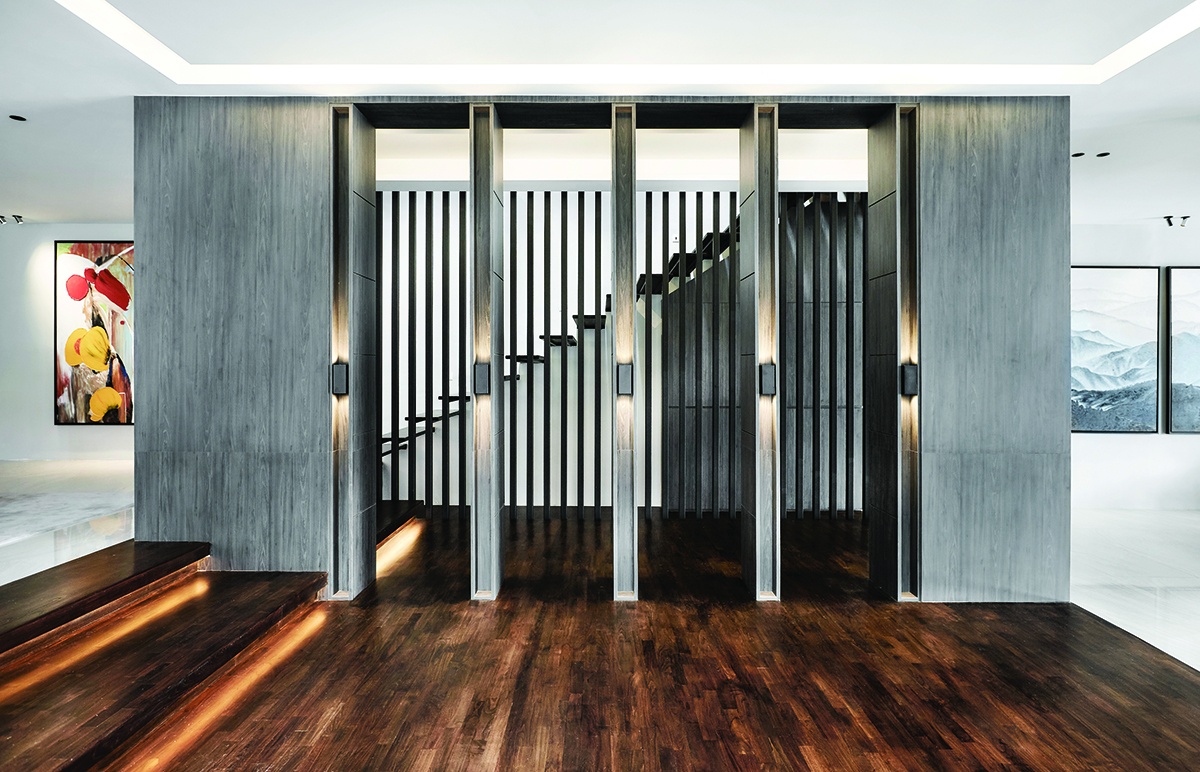
Image courtesy of Minimology
TIP: Not only are the type of lights important, the position of your light fixtures also play a key role in sprucing up your home interior. Strategic mapping of your light sources is encouraged, so you do not end up with a spinning ceiling fan hanging over your recessed lights, creating distracting shadows that are also harmful to your eyesight.
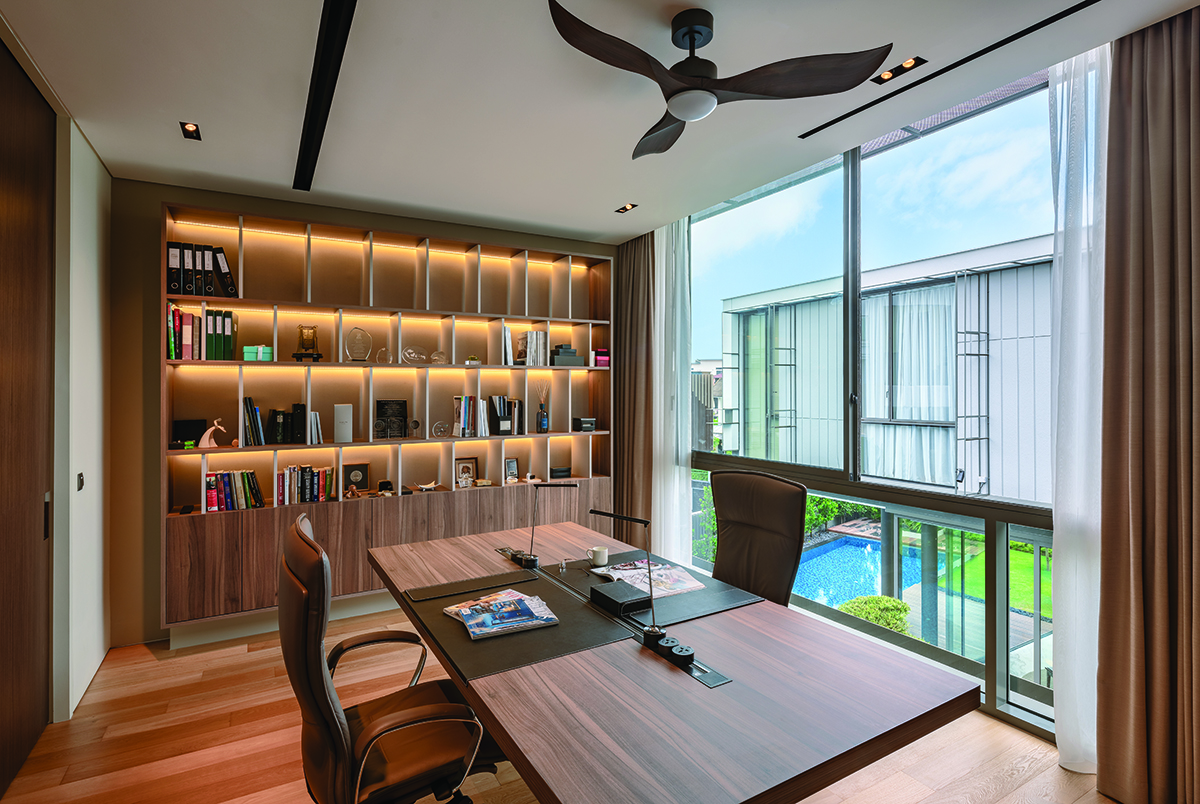
Image courtesy of Weiken.com
Task Lights
Task lights are designed to boost productivity, as the light contrasts they generate help to stimulate your brain, allowing you to be more alert and focused. Task lights come in the form of table lights, bedside lamps, and kitchen cabinet lights.
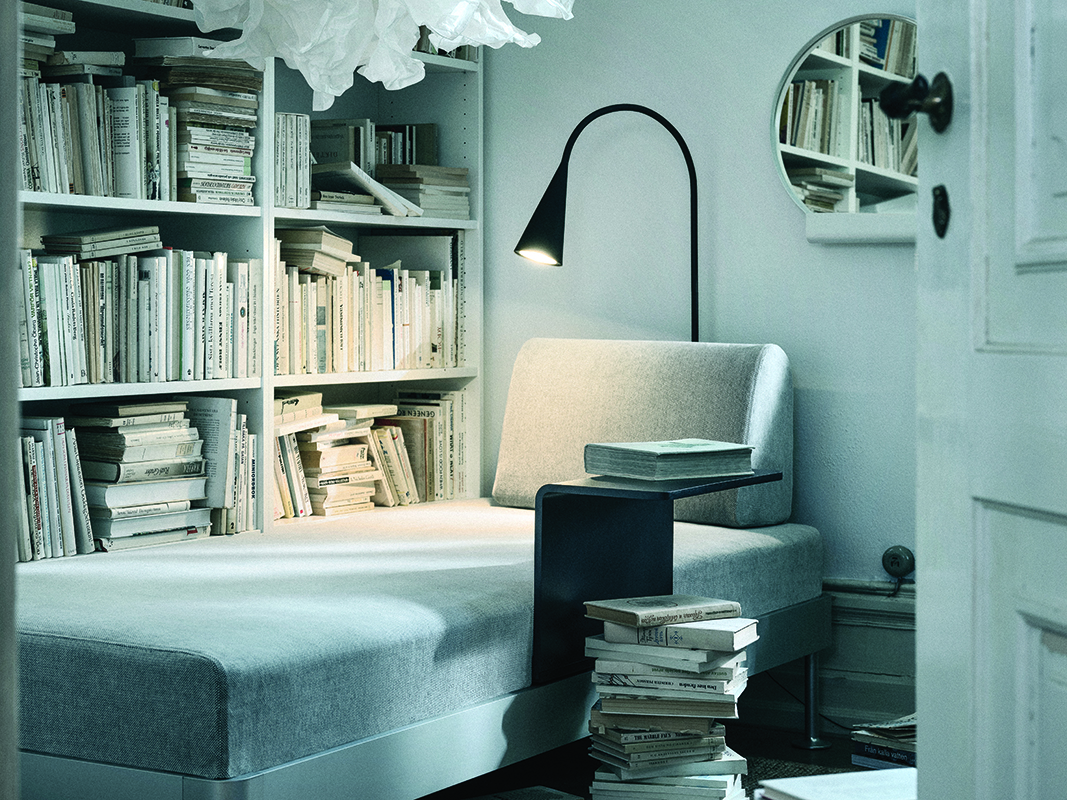
Image courtesy of IKEA
Workzone Lights
Task lights are best-used in work zones, such as the kitchen and study, where brighter and moretargeted lighting is required to facilitate close-range work like cooking and reading. For example, you can make use of under-cabinet task lighting to add flare to your kitchen, while providing you with the right amount of illumination necessary for detailed tasks like chopping and cleaning. Another area where task lights come into play is the bathroom vanity, which must be adequately-lit for shaving or applying makeup.
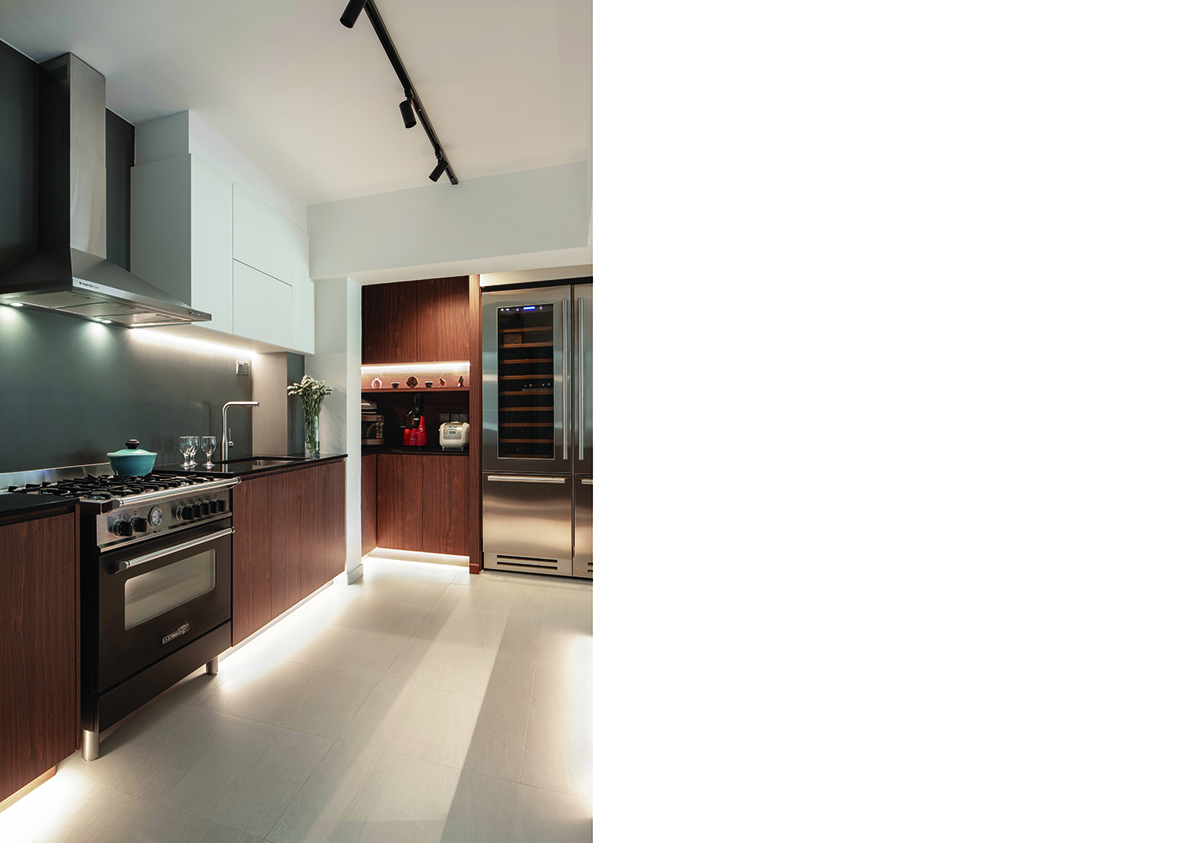
Image courtesy of D’Marvel Scale
TIP: As opposed to installing recessed or cove lighting in every room, opt for other niftier methods to brighten up your homes, that do not necessarily require actual light fixtures. For example, use mirrors to reflect light and enhance the space in your room, by placing them near windows where natural light is aplenty, and can subsequently be bounced indoors to brighten up the area.
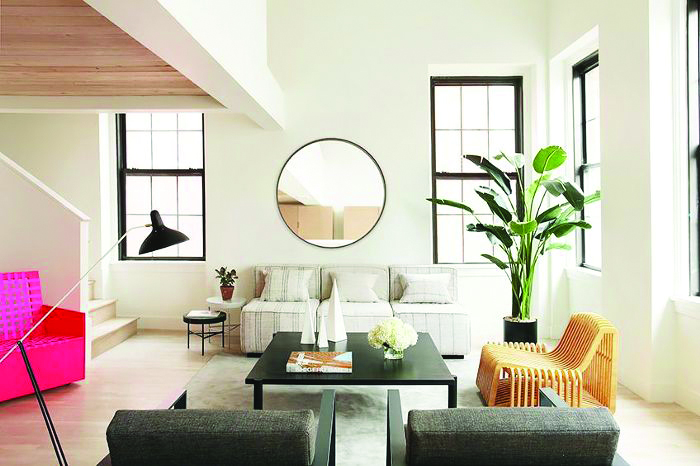
This was adapted from an article originally published in the 2020 issue of Key To Your Home.



